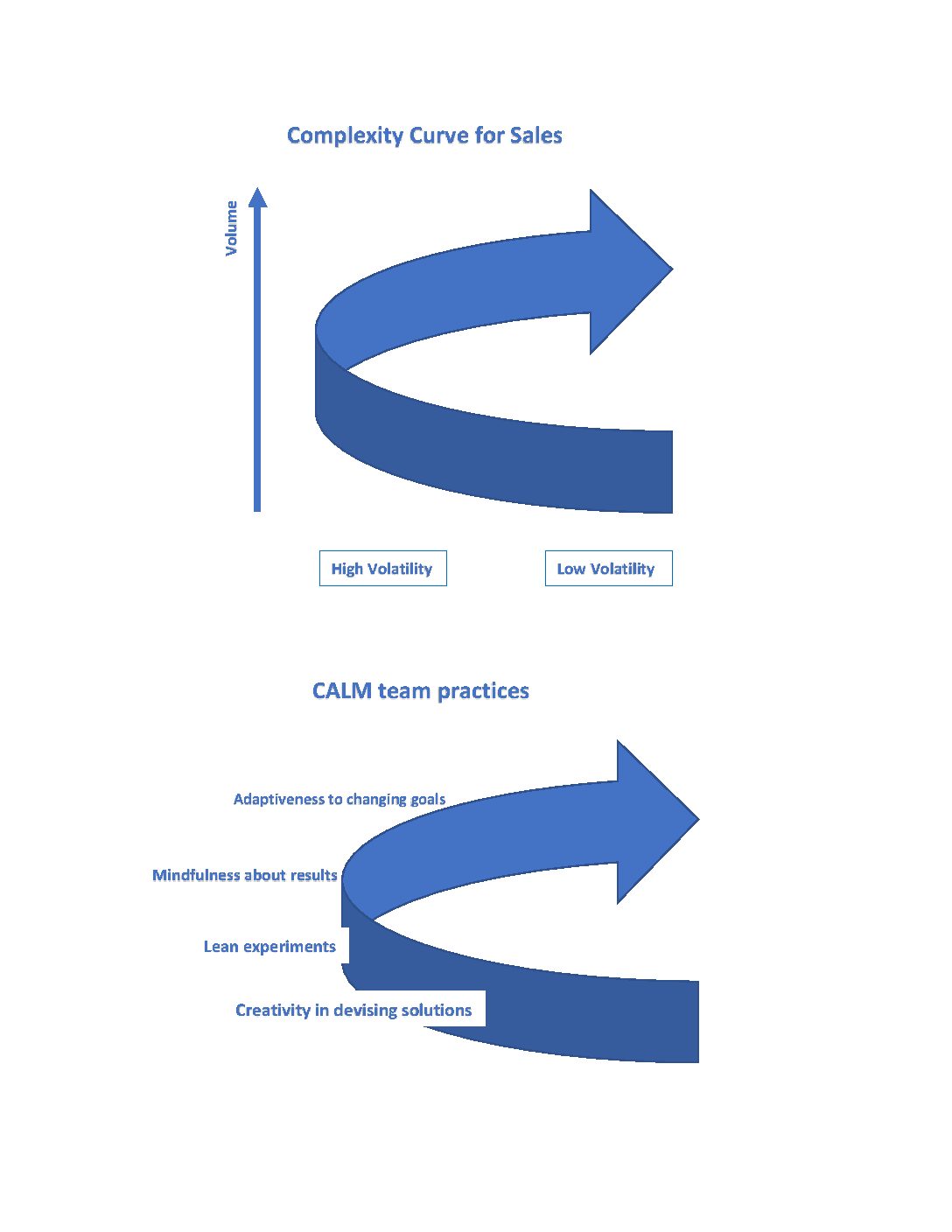Three myths about the impact Mark Zuckerberg is seeking

As self-professed impact experts line up to advise the Chan-Zuckerberg Initiative – the $45B LLC just announced by the Facebook founder – it may be worth debunking three myths about impact.
The Optimist’s Myth: Measure results and impact will take care of itself.
This myth is popular with experts who have a few years of indicator design or mobile-phone monitoring under their belt because it allows for instant expertise. As long as you can measure what you care about, goes the thinking, you will be able to maximize the impact of your investments. All the adviser has to do is define an appropriate indicator and find a technology platform to measure it.
By ignoring causation, relevance, and (the horribly named) additionality, unfortunately, the Optimist is missing much of what matters. If you cannot tell whether your investment is the cause of good results, for example, you may end up investing in situations where the investment is superfluous.
Just because those results are valuable in some circumstances, furthermore, does not mean they will be relevant elsewhere – carbon pricing, for instance, may not make much difference in an economy where no one has access to electricity. And even if you can be sure your investment causes a relevant result, finally, there may be others ready to invest if you do not. Just measuring a result tells you little about whether you caused it, whether it matters, and whether others would make it in your absence.
The Pessimist’s Myth: There is no way to evaluate the impact of investments in unique situations.
This myth might seem to be the opposite of the first one – like the wind that blows away all of the governesses who line up for the position Mary Poppins is about to take, it would seem to blow away all of the would-be Zuckerberg impact advisers save for a few academics who practice the dark arts of randomized control trials. In reality, though, it serves the interests of the same people who benefit from the Optimist’s Myth.
Since there is no way to randomize the incidence of a unique investment – like, say, improving a water treatment facility – there is no way to be sure what would have happened without the investment. Measuring results is still worthwhile to focus effort – good news for those with a few indicators in their pockets and a rudimentary knowledge of Survey Monkey. But there is no reason to worry about anything else because there is no way to establish causation.
Happily, this is way too forlorn. Even in the case of investments in unique situations, you can measure discontinuities in well-established trends and patterns (regression discontinuity). You can measure differences in progress from baselines across regions affected and unaffected by the investment (difference-in-differences). And you can compare outcomes from an investment in a unique situation with outcomes in situations that match it in every way known to affect the outcome (propensity-score matching).
More generally, you can put scientific method to work. Learn to predict outcomes by finding out the key things that can cause them to change. This is the approach taken by impact scorecards. If your predictions are reliable, you can use them to estimate what would have happened without your investment – even if the situation is unique.
Maximizer’s Myth: Higher-impact investments are better than lower-impact ones.
The instant impact expert has one more tempting argument. There are a lot of opportunities out there. We will never have time to think about the causes and relevance of all of them any more than the additionality and evaluability of investments in them. What we can do is focus on the highest-impact opportunities, allowing for a little uncertainty.
The problem with this myth is that the uncertainty matters. Is it better to make an investment with a high expected, but highly uncertain, impact – or one with a certain, moderately high impact? Will you take a risk on an unproven cure for a disease that has wracked a village – or invest in clear opportunities to improve nutrition and basic sanitation?
Impact-at-risk is the true frontier of impact investing. Understanding financial risk has revolutionized our understanding of finance. The time has come to confront impact risk because it will matter just as much to our assessment of impact. Today’s impact investors face spectacular opportunities – even if they are a bit shy of $45B. To make the most of them, however, they will need to look out for beguiling myths that make it all seem easy.
Related Posts
The Complexity Curve: How CALM Teams Cope with Wicked Problems
Calm teams cope with wicked problems. There’s some evidence for this below but the real question is how. Calm teams seem to adapt to unstable goals, innovate around inadequate solutions, and be mindful of surprising results. These are general signs of team...
Last-mile transport under construction at the end of Route 17
Special to Santa Cruz Tech Beat March 13, 2018 — Santa Cruz, CA (Image above: Contributed by author, from July 2015 Inmotion newsletter of Dallas Area Rapid Transit) Santa Cruz has plenty of cool alternative transport startups. It’s true they can seem peripheral at a...
From B2B payments to intelligent supply chains in Santa Cruz
PayStand is not the only fintech startup in the Monterey Bay area. But B2B platforms like PayStand are a rarity – collectors’ items for any local economy. PayStand’s recent successful funding round and the attention it’s getting in Silicon Valley (see CEO Jeremy...

David Apgar
Founder - Goalscreen®
About David Apgar
David has helped entrepreneurs around the world achieve their goals by identifying powerful new drivers of organizational growth. He has advised businesses on best practices at McKinsey and CEB, managed small-business and microfinance funds, and taught at Johns Hopkins and Wharton.
David has a BA from Harvard, an MA from Oxford, and a PhD from Rand's Graduate School. The GoalScreen® coaching program and software platform have evolved out of his desire to make it simpler and easier for small businesses and social enterprises to take advantage of the power of assumption testing and impact scoring.
Santa Cruz, CA 95060


